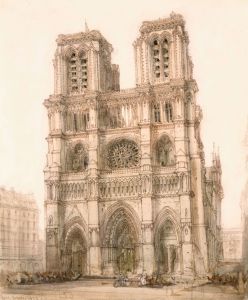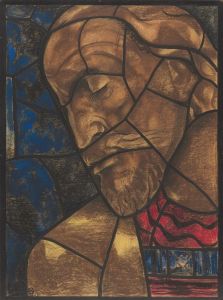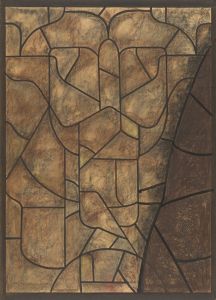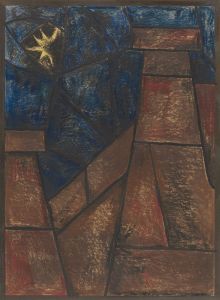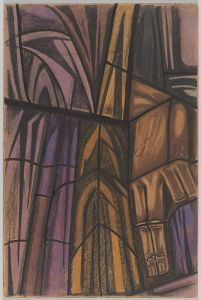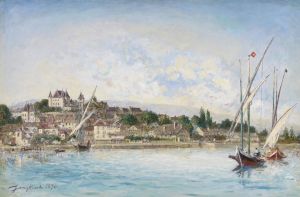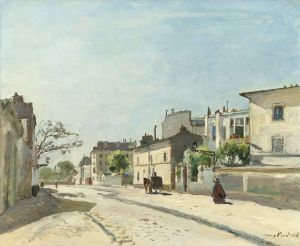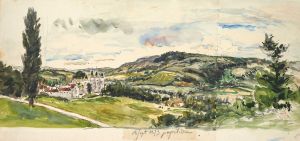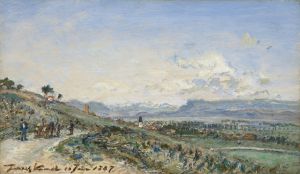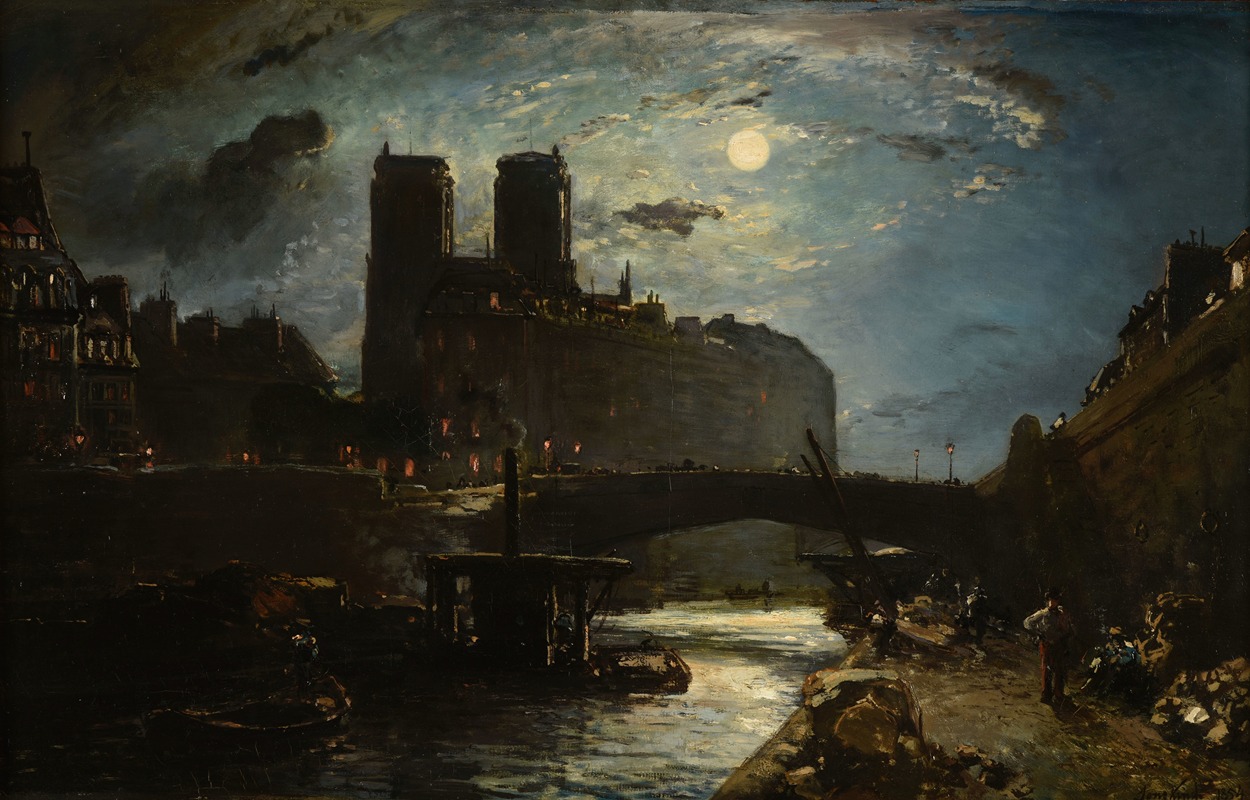
Notre-Dame de Paris
A hand-painted replica of Johan Barthold Jongkind’s masterpiece Notre-Dame de Paris, meticulously crafted by professional artists to capture the true essence of the original. Each piece is created with museum-quality canvas and rare mineral pigments, carefully painted by experienced artists with delicate brushstrokes and rich, layered colors to perfectly recreate the texture of the original artwork. Unlike machine-printed reproductions, this hand-painted version brings the painting to life, infused with the artist’s emotions and skill in every stroke. Whether for personal collection or home decoration, it instantly elevates the artistic atmosphere of any space.
Johan Barthold Jongkind, a Dutch painter and one of the forerunners of Impressionism, is known for his landscapes and cityscapes that often depict scenes of France. Among his notable works is the painting "Notre-Dame de Paris," which captures the iconic cathedral in a style characteristic of Jongkind's artistic approach.
Created in 1864, "Notre-Dame de Paris" reflects Jongkind's fascination with light, atmosphere, and urban landscapes. The painting portrays the famous Notre-Dame Cathedral, located on the Île de la Cité in the heart of Paris. Jongkind's depiction emphasizes the interplay of light and shadow, showcasing his ability to render the effects of weather and time of day. The cathedral is presented with a sense of immediacy and vibrancy, highlighting its architectural grandeur while situating it within the broader context of the surrounding environment.
Jongkind's technique in this work demonstrates his mastery of loose brushwork and his use of a light, luminous palette. These elements would later influence the Impressionist movement, particularly artists such as Claude Monet, who admired Jongkind's innovative approach to capturing the transient qualities of light and atmosphere. In "Notre-Dame de Paris," Jongkind employs these techniques to create a dynamic and evocative representation of the cathedral, blending realism with a sense of poetic interpretation.
The painting also reflects Jongkind's deep connection to Paris, a city that served as a significant source of inspiration throughout his career. Although he was born in the Netherlands, Jongkind spent much of his life in France, where he developed his distinctive style and established himself as a prominent figure in the art world. His works often depict scenes of Parisian life, the Seine River, and other landmarks, making "Notre-Dame de Paris" a quintessential example of his oeuvre.
Today, "Notre-Dame de Paris" is recognized as an important work in Jongkind's artistic legacy. It exemplifies his contribution to the development of modern art and his role as a precursor to Impressionism. The painting is housed in the Musée d'Orsay in Paris, where it is part of a collection that celebrates the art of the 19th century. Visitors to the museum can view this masterpiece alongside other works that illustrate the evolution of landscape painting and the emergence of new artistic movements during Jongkind's time.
Through "Notre-Dame de Paris," Johan Barthold Jongkind not only captured the beauty of one of Paris's most iconic landmarks but also contributed to the broader transformation of art in the 19th century. His innovative techniques and unique perspective continue to be celebrated for their influence on the Impressionist movement and their enduring impact on the art world.





